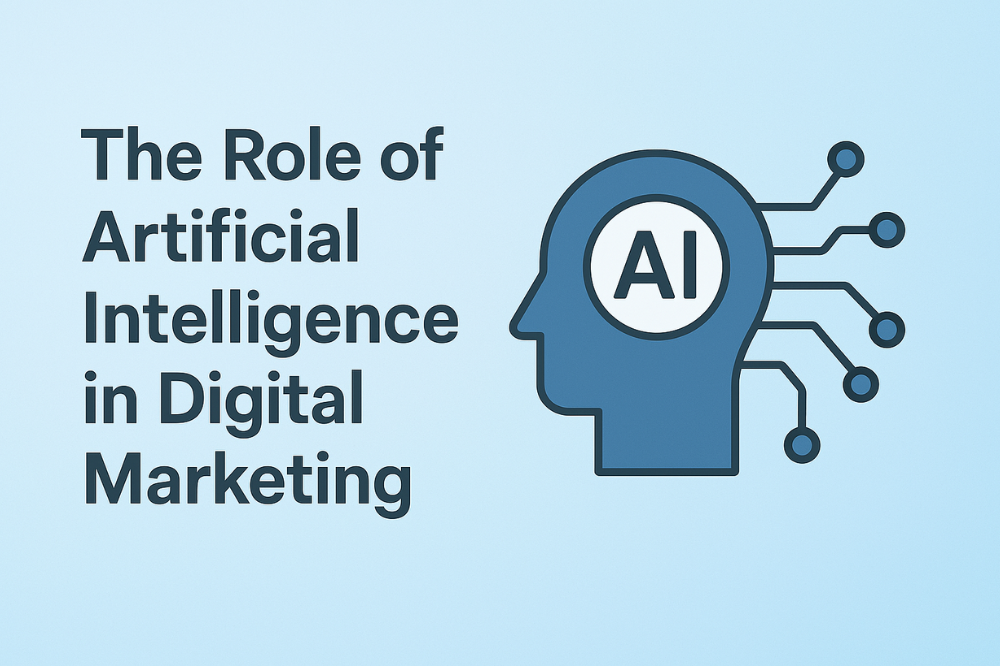Cybersecurity has become a top priority for businesses across all sectors. As cyber security threats evolve, companies are facing increasingly sophisticated challenges that put their data, systems, and customer information at risk. Staying ahead of these threats requires adopting advanced security measures and ensuring ongoing protection against breaches and malicious attacks.
To stay ahead, businesses must adopt robust cybersecurity measures to protect themselves from breaches, data theft, and malicious attacks. This includes not only protecting core IT infrastructure but also ensuring comprehensive website maintenance.
A well-maintained website with updated security patches and regular monitoring can significantly reduce vulnerabilities and defend against cyber threats, ensuring safe interactions for customers and safeguarding sensitive data.

In 2023, the global cost of a data breach averaged $4.45 million. This reflects the significant financial impact that cybersecurity breaches can have on organizations worldwide.
Additionally, there were 7.6 trillion intrusion attempts in 2023, marking a 20% increase from the previous year. The finance industry remains one of the most targeted sectors, with 95.7% of financial institutions experiencing at least one cyber attack in 2023.
Source: cloudwards.net
This blog aims to highlight the major cyber security threats businesses will face in 2024 and provide practical solutions to combat them. By understanding the risks and implementing the right cyber security IT strategies, companies can safeguard their operations and ensure long-term protection. From cyber information security protocols to advanced cyber security and protection tactics, in this blog, we’ll explore how you can prepare your business for the future.

The Evolving Landscape of Cyber Security Threats
The world of cyber security continues to shift rapidly in 2024, driven by the growing sophistication of cybercriminals and the constant evolution of technology. As new threats emerge, businesses must remain vigilant and adapt their cyber security and protection strategies to defend against increasingly complex attacks.
From ransomware to phishing and AI-driven hacking, these new challenges demand innovative cybersecurity measures.
One of the most significant developments is the rise of cyber information security as businesses become more data-driven. Protecting sensitive information is no longer optional but a critical component of safeguarding business operations.
With the increasing reliance on cloud computing, IoT devices, and remote work setups, companies need to ensure that their cyber security IT infrastructure is robust and capable of responding to threats in real time.
It’s crucial for businesses to stay up to date with the latest cybersecurity measures. Advanced threat detection, real-time monitoring, and AI-powered defenses are just some of the tools companies are employing to stay ahead of potential breaches.

Top Cyber Security Threats in 2024
1. Phishing and Social Engineering Attacks
Phishing remains one of the most significant threats in 2024 due to its evolving tactics and the widespread use of social engineering techniques. Attackers manipulate individuals into divulging sensitive information, such as login credentials and financial data, often posing as trusted entities.
Despite increased awareness, phishing attacks continue to grow because they exploit human vulnerabilities.
To mitigate these risks, businesses must invest in strong cyber security measures such as advanced email filtering systems, multi-factor authentication (MFA), and regular employee training.
These cybersecurity measures can significantly reduce the chances of successful phishing attempts by ensuring that potential threats are caught before they cause harm.
2. Ransomware
The rise of ransomware attacks in 2024 poses a severe risk to organizations of all sizes. Attackers lock users out of their systems or data, demanding a ransom to restore access.
These attacks have become more targeted and sophisticated, leading to significant financial losses for businesses that fail to prepare.
Implementing strong cyber security and protection strategies is essential in mitigating ransomware risks. Companies should prioritize frequent data backups, ensure backups are stored securely offsite, and invest in real-time threat detection.
These cybersecurity measures provide a safety net, allowing businesses to recover quickly without succumbing to ransom demands.
3. Insider Threats
While external threats are often emphasized, insider threats—posed by employees, contractors, or partners—are equally dangerous. Whether intentional or accidental, insiders can cause data breaches, expose confidential information, or compromise security protocols.
Mitigating insider risks requires implementing best practices in cyber security and protection, such as strict access controls, continuous monitoring of user activity, and a zero-trust policy. Encouraging a culture of security awareness and vigilance within the organization is also crucial to minimizing internal vulnerabilities.
4. Cloud Vulnerabilities
As more businesses migrate their operations to the cloud, they face a new set of challenges. Cloud environments offer flexibility and scalability but can be vulnerable to attacks if not properly secured. Misconfigured servers, inadequate access controls, and shared infrastructure can all expose businesses to cyber risks.
To combat cloud vulnerabilities, companies must focus on securing their cloud infrastructures with advanced cyber information security protocols. Encryption, access management, and regular cloud security audits are essential cyber security practices to ensure that sensitive data remains protected in the cloud.
5. AI-Powered Cyber Attacks
Artificial Intelligence (AI) has become a double-edged sword in cyber security. While AI helps businesses defend against attacks, it also enables cybercriminals to launch more advanced and targeted cyberattacks. AI-powered malware and bots can exploit vulnerabilities faster than ever, making traditional defense systems less effective.
Businesses can turn the tide by utilizing AI-driven cyber security IT solutions for defense. AI and machine learning algorithms can enhance real-time threat detection, automate incident response, and predict potential threats before they escalate.

How to Protect Your Business
1. Implement Comprehensive Cyber Security Policies
One of the most effective ways to protect your business is to develop clear and comprehensive cyber security policies. These policies should outline specific cybersecurity measures that cover all aspects of your organization’s data protection, from password management to data encryption.
Comprehensive policies ensure that every team member understands their role in safeguarding sensitive information, which reduces the chances of security breaches caused by human error.
Regularly updating these policies to reflect emerging threats and technologies is also essential to keep your business ahead of evolving cyber risks.
2. Employee Training and Awareness
Your employees are often the first line of defense in cyber information security. Unfortunately, without proper training, they may also be the weakest link. Investing in regular staff training programs that raise awareness about cyber threats such as phishing, ransomware, and social engineering is vital.
Training should include simulated attacks and best practices for identifying potential threats. Well-informed employees can help detect and prevent security breaches, making employee education a critical component of your overall cyber security strategy.
3. Advanced Threat Detection Tools
Modern businesses need advanced cyber security IT tools to detect threats in real time and respond quickly. These tools leverage AI, machine learning, and automation to monitor systems for unusual activities and alert security teams when an issue arises.
By using real-time threat detection, businesses can reduce response times, minimize damage, and prevent attacks from escalating.
Incorporating AI-driven cybersecurity measures such as automated threat analysis and incident response systems can significantly enhance a business’s ability to stay ahead of cyber threats.
4. Regular Security Audits and Updates
Performing regular system checks and software updates is one of the most straightforward yet critical cyber security practices. Regular audits help identify vulnerabilities, outdated software, or misconfigured systems that attackers could exploit.
By staying on top of security audits and keeping all software patched with the latest updates, businesses can reduce the risk of attacks and ensure that their cyber security and protection strategies remain effective.
5. Backup and Disaster Recovery Plans
No business can guarantee 100% immunity from cyberattacks, which is why having a reliable backup and disaster recovery plan is crucial. Regular data backups, stored securely and offsite, are a critical part of any cyber security strategy.
In the event of a successful attack, businesses can restore operations quickly, minimizing downtime and data loss.
A well-designed disaster recovery plan ensures that businesses can bounce back swiftly from cyber incidents, reducing the long-term impact on operations and revenue.
In Conclusion
In 2024, being proactive with cybersecurity is more important than ever. As cyber threats continue to evolve, businesses must stay ahead by consistently updating their security measures. Don’t wait for a breach to occur—take action now to protect your business. Check out our web maintenance packages to ensure your website is secure, up-to-date, and ready to handle any potential threats.








